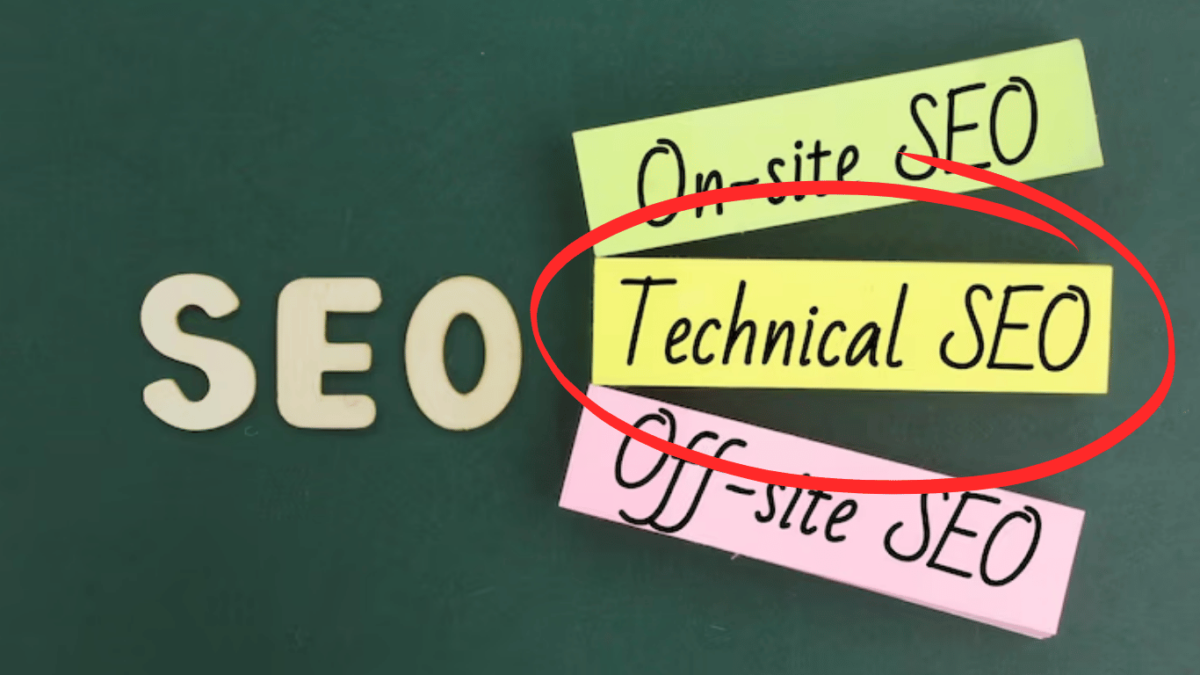In the competitive world of home services, standing out is no easy feat. Whether you’re offering HVAC repairs, roofing, landscaping, or pest control, attracting customers is a constant challenge. Two powerful tools can help these businesses rise above the noise: White Label SEO and lead generation. Together, these strategies can dramatically improve visibility, drive customer acquisition, and ultimately boost revenue. Let’s dive deeper into how White Label SEO and lead generation can transform a home service business.
How Can White Label SEO Improve Visibility For Home Service Businesses?
Search Engine Optimization (SEO) has become a non-negotiable aspect of online marketing for any business, especially in the home services industry. With so many potential customers turning to Google and other search engines to find local service providers, appearing on the first page of search results is crucial. White Label SEO allows home service businesses to leverage expert SEO strategies without having to invest in in-house expertise.
But what is White Label SEO, and how can it boost visibility?
White Label SEO is when a third-party SEO provider delivers SEO services that can be branded under your company name. This allows home service companies to offer SEO services as part of their portfolio without needing a specialized SEO team. Here’s how it can improve visibility:
- Optimized Local SEO: Local SEO helps home service businesses target customers in their geographic area. This includes optimizing Google My Business profiles, building citations, and ensuring location-specific keywords are used strategically.
- Content Creation: High-quality, keyword-rich content is essential for ranking higher on search engines. White Label SEO providers handle content creation, including blogs, service pages, and even guest posts, to ensure home service businesses have a strong online presence.
- Technical SEO: Factors such as site speed, mobile optimization, and proper indexing are critical to good SEO. White Label SEO partners ensure that the backend of your website is fully optimized, making it easier for search engines to crawl and rank.
The bottom line is that by improving search engine rankings through these tactics, home service companies can attract more organic traffic and, as a result, more customers.
What Is The Role Of Lead Generation In Growing A Home Service Company?
Lead generation plays an equally vital role in growing a home service business. While SEO focuses on attracting organic traffic, lead generation strategies are designed to capture interested prospects and convert them into paying customers.
Home service companies often rely on lead generation for several reasons:
- Targeted Marketing: Lead generation allows businesses to target specific demographics and customer profiles, ensuring that marketing efforts are focused on individuals most likely to need the services.
- Data Collection: A well-executed lead generation campaign provides businesses with valuable customer data, including names, phone numbers, email addresses, and service needs. This allows home service providers to build strong customer databases for future marketing efforts.
- Conversion Optimization: Lead generation doesn’t just focus on getting people to click on a website; it ensures they take meaningful actions like filling out contact forms, requesting quotes, or booking appointments. These conversions are what ultimately drive business growth.
Without an effective lead generation strategy, home service businesses might struggle to maintain a consistent stream of new customers, which is vital for long-term growth.
Why Is White Label SEO A Good Solution For Home Service Providers?
Many home service businesses lack the resources to develop a full-scale SEO team. White Label SEO provides a cost-effective, scalable solution for these companies. But beyond the operational benefits, White Label SEO offers some key advantages for home service providers:
- Expertise Without Hiring: White Label SEO services are provided by experts in the field, meaning home service providers can access top-tier SEO without hiring in-house staff or undergoing expensive training programs.
- Customization: White Label SEO services can be customized to fit the specific needs of a home service business. Whether a company needs help with local SEO, link building, or ongoing content production, White Label providers can tailor their offerings.
- Branding: White Label SEO providers work behind the scenes, allowing home service businesses to offer SEO services under their brand name. This creates the impression that the company has a large, capable team handling digital marketing, which can elevate its brand perception.
- Focus on Core Services: By outsourcing SEO, home service businesses can focus on what they do best—providing quality home services—while leaving the digital marketing to the professionals.
White Label SEO is a practical, efficient way for home service businesses to compete online without overextending their resources.
How Does Lead Generation Drive Customer Acquisition For Home Service Businesses?
Lead generation is not just about collecting contact information; it’s about driving quality leads that convert into actual customers. In the home services industry, where customer loyalty is often low and competition is high, driving customer acquisition through lead generation is essential. Here’s how lead generation helps home service businesses acquire more customers:
- Effective Lead Funnels: A good lead generation campaign creates a structured funnel that guides prospects from awareness to action. This can involve multiple touchpoints, including online ads, social media, email campaigns, and even SEO-driven landing pages, each designed to nurture the lead towards booking a service.
- Tailored Messaging: Lead generation campaigns allow for highly personalized marketing. By tailoring messages to specific customer pain points—whether it’s an emergency plumbing service or routine HVAC maintenance—home service providers can engage prospects more effectively and increase their likelihood of conversion.
- Nurturing Leads: Not all leads convert immediately, but lead generation allows businesses to keep potential customers engaged through email marketing, follow-up calls, or special offers. Nurturing leads over time can result in higher customer retention rates.
- Tracking and Analytics: Modern lead generation tools allow home service businesses to track and analyze every stage of the lead acquisition process. This data can help businesses optimize their marketing strategies, refine customer targeting, and increase their return on investment.
With a well-executed lead generation strategy, home service companies can fill their pipeline with qualified leads, ensuring steady business growth and long-term sustainability.
For home service businesses looking to boost visibility, attract customers, and grow their operations, White Label SEO and lead generation are powerful solutions. White Label SEO helps businesses improve their search engine rankings and gain more exposure, while lead generation drives customer acquisition by attracting qualified prospects and converting them into paying customers. Together, these two strategies can take any home service business to the next level, allowing it to thrive in an increasingly competitive market.
How MJM Digital Marketing’s SEO Services Can Benefit Your Blog
At MJM Digital Marketing, we specialize in providing tailored SEO services that are designed to enhance the visibility and performance of your blog. Whether you’re a home service business, a professional service provider, or a small business owner, our SEO strategies are built to align with your unique goals.
Here’s how our SEO services can benefit your blog:
- Improved Search Engine Rankings: We implement targeted keyword strategies, optimize on-page elements, and enhance your blog’s technical structure to ensure that search engines rank your content higher. This leads to increased organic traffic and more potential customers finding your blog.
- Content Optimization: Our team understands that great content needs to be both informative and optimized. We work on optimizing every blog post to include relevant keywords, meta tags, and internal linking strategies that make your blog more search-friendly.
- Data-Driven Results: We regularly analyze the performance of your blog using cutting-edge analytics tools. This allows us to continuously refine and adjust our strategies for maximum impact, ensuring your blog stays ahead of the competition.
Partnering with MJM Digital Marketing means your blog will reach a broader audience, attract more traffic, and generate more leads, ultimately helping your business grow.
Take Your Blog to the Next Level with Expert SEO Solutions
Ready to see your blog rise to the top of search results and drive more traffic? Let MJM Digital Marketing help you unlock your blog’s full potential with tailored SEO strategies that deliver real results. Contact us today to schedule a consultation and discover how we can boost your online presence and grow your business!










